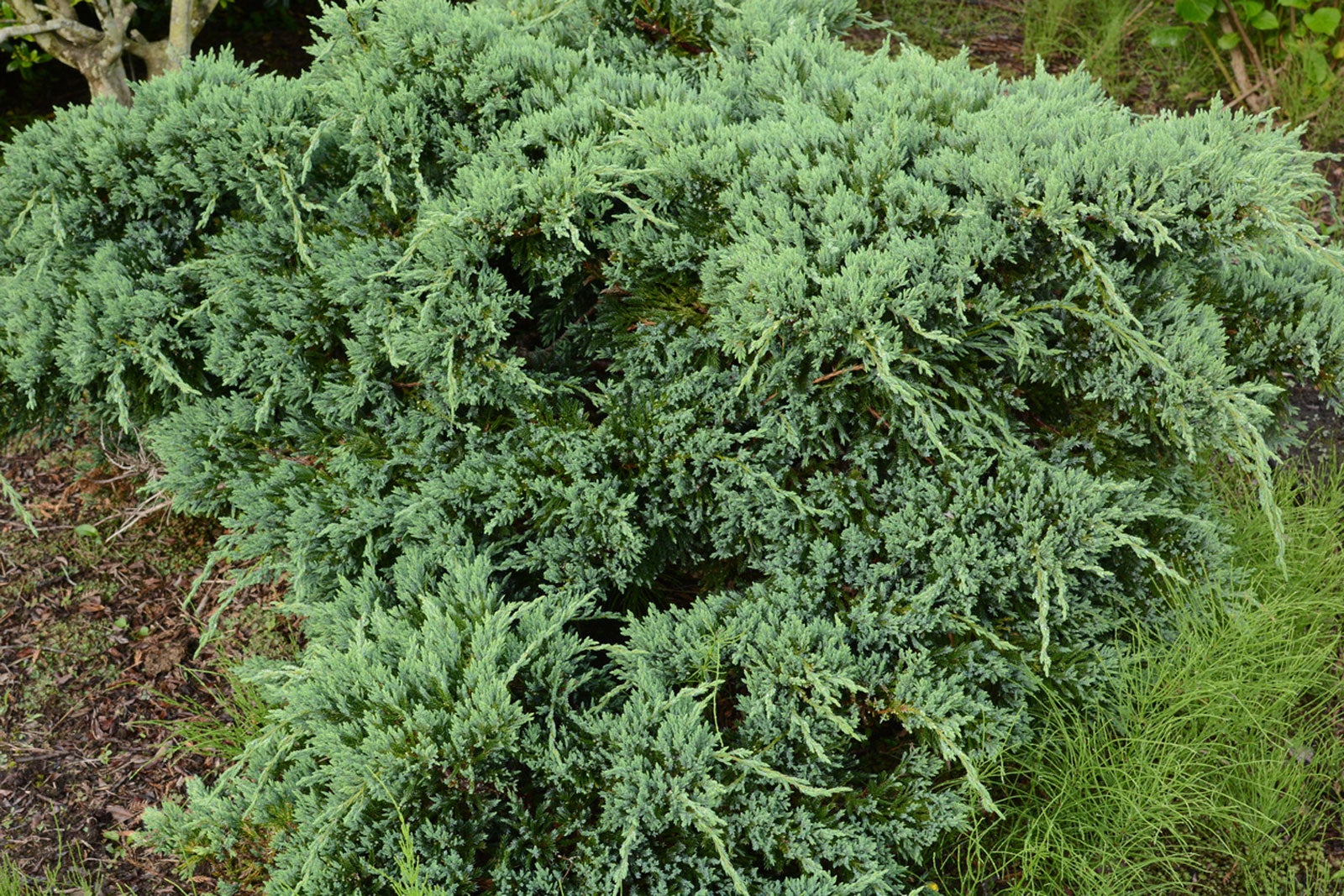Japanese Juniper Care – How To Grow A Japanese Juniper Plant


A wonderful, low maintenance sprawling plant comes in the form of Japanese juniper shrubs. Scientifically known as Juniperus procumbens, the second part of the name refers to the plant's low height. If you want a "set and forget" type of plant, Japanese juniper care is minimal and easy once established.
Learn how to care for Japanese juniper and enjoy this low maintenance plant in your garden.
About Japanese Juniper Shrubs
Blue green foliage and elegant prostrate stems characterize this juniper plant. The dwarf, evergreen shrub makes a perfect addition to most sites with an adaptable nature and its only main requirement is full sun. As an added bonus, deer seldom bother this needled plant and it remains green throughout the winter.
Unmotivated gardeners might want to try growing Japanese junipers. Not only are they easy and uncomplaining but they fill in hillsides, create a carpet under trees, set off pathways, or just make a statement as a solo specimen.
The Japanese juniper plant is hardy to USDA zone 4. It can withstand very cold temperatures or periods of drought. The plant gets no taller than 2 feet (61 cm.) but can spread twice that dimension. The bark is an attractive reddish brown and scaly. Occasionally, tiny round cones can be seen in the pointed leaves.
Growing Japanese Junipers
Select a well-draining site in full sun. The shrub is adaptable to most soil pH ranges and soil types but avoid planting in heavy clay.
Dig a hole twice as wide and deep as the root ball and mix in some compost. Spread out the roots of the plant in the hole and back fill, filling around roots to remove air pockets.
Sign up for the Gardening Know How newsletter today and receive a free copy of our e-book "How to Grow Delicious Tomatoes".
Water young plants well until established and spread a mulch of pine needles, straw, or bark around the root zone to hold in moisture and prevent weed competitors.
How to Care for Japanese Juniper
This is one of the easiest plants for which to care. They don't need fertilizer if planted in rich loam but feed once in spring if the plant is in low nutrient soil.
Water during extreme drought and keep evenly moist the rest of the year.
Junipers respond well to pruning. Wear gloves and a long-sleeved shirt, as the scaly foliage can cause contact dermatitis. Prune to remove broken or dead stems and to keep the sprawl in check if necessary. Japanese juniper care couldn't be more easy!

Bonnie Grant is a professional landscaper with a Certification in Urban Gardening. She has been gardening and writing for 15 years. A former professional chef, she has a passion for edible landscaping.